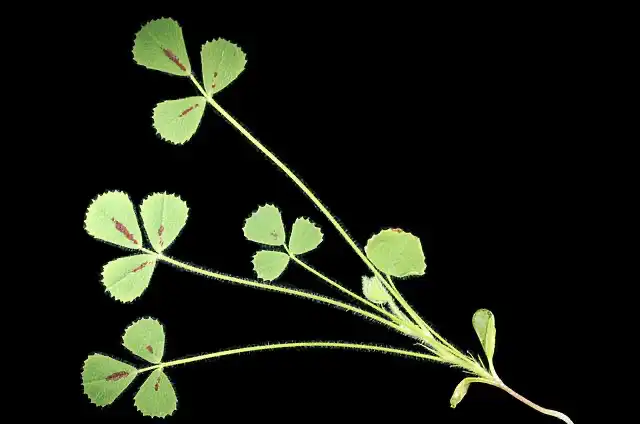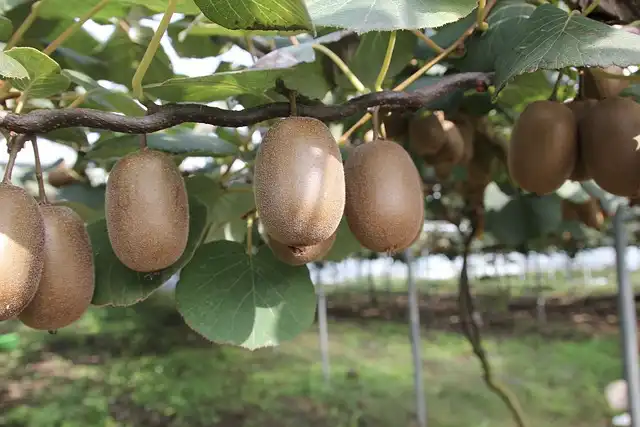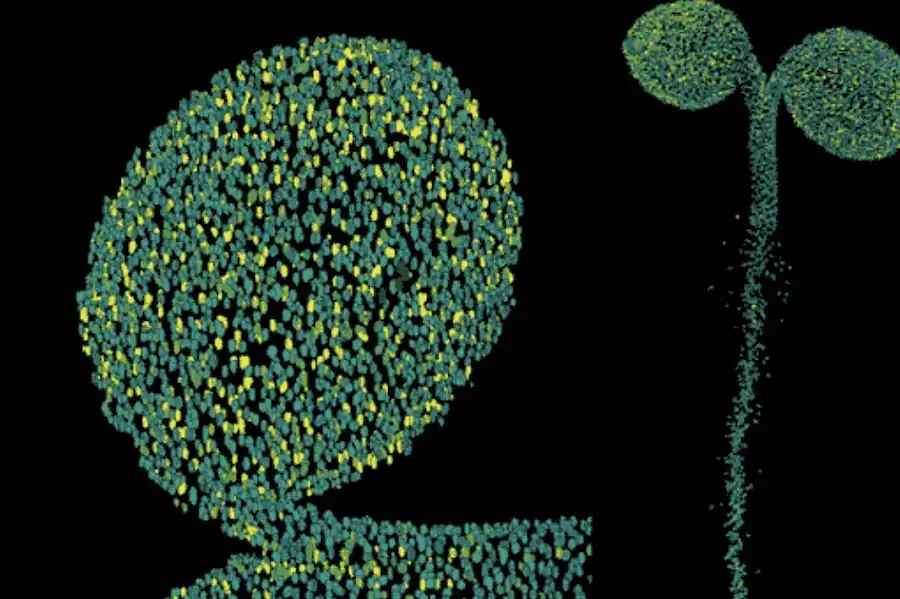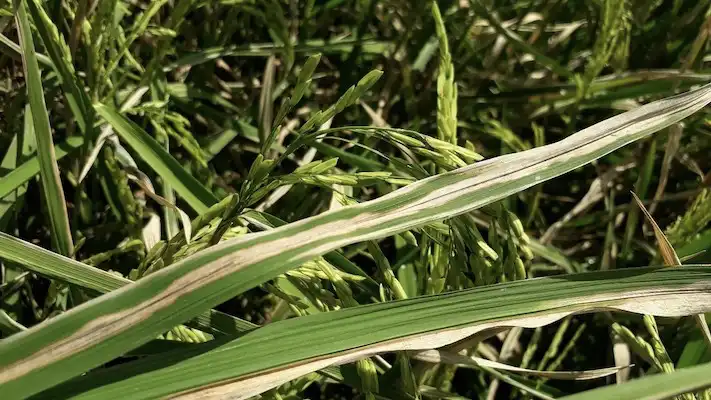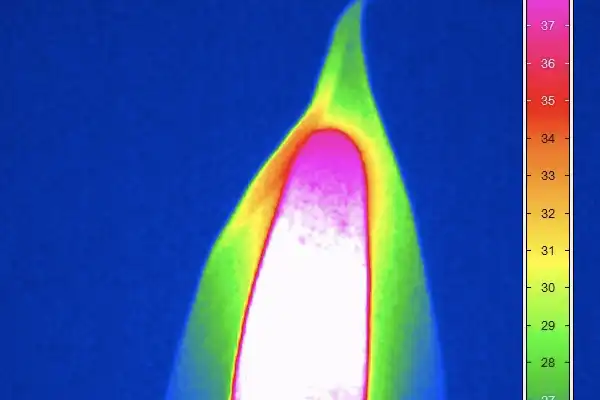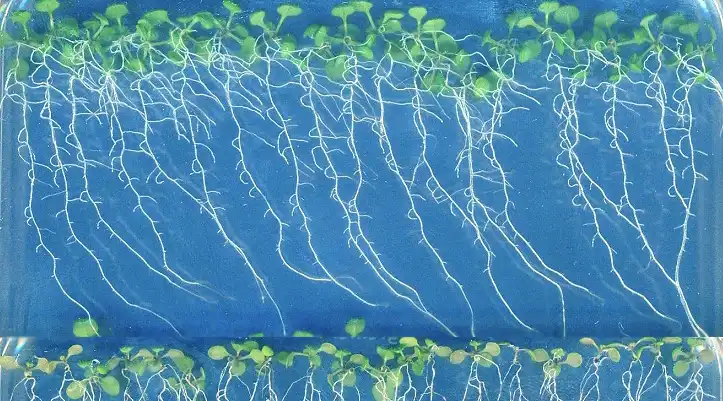
CONSTANS (CO), a well-known member of the B-box family, is the major component of the photoperiodically regulated flowering and circadian pathways in Arabidopsis (Arabidopsis thaliana). A new study showed that CONSTANS protein negatively modulated salinity tolerance in Arabidopsis by physically associating with and antagonizing the ABSCISIC ACID-RESPONSIVE ELEMENT BINDING FACTOR (ABF) transcription factors under long-day conditions.


